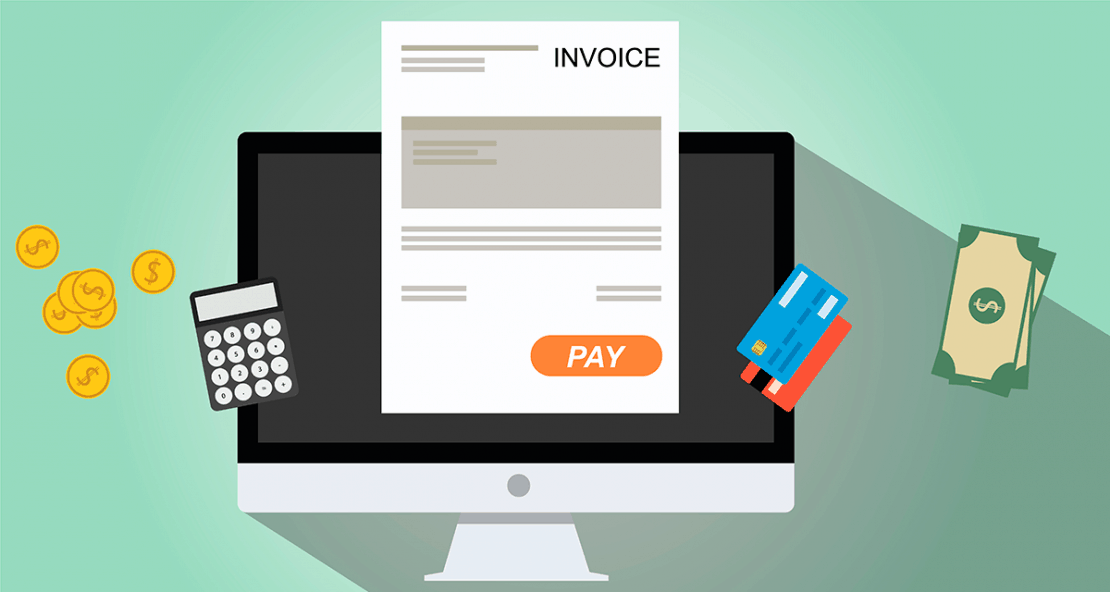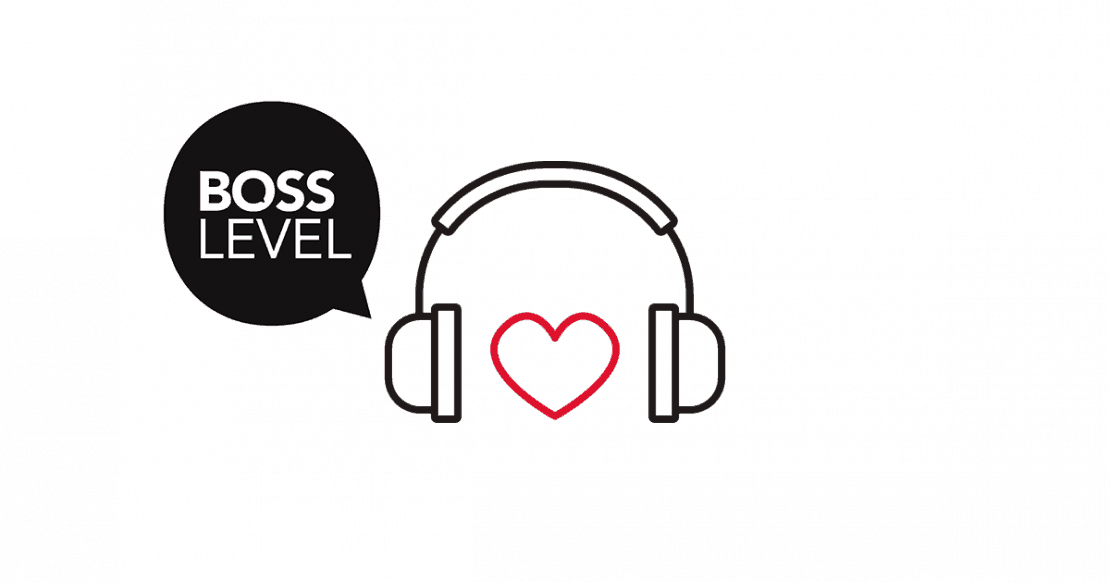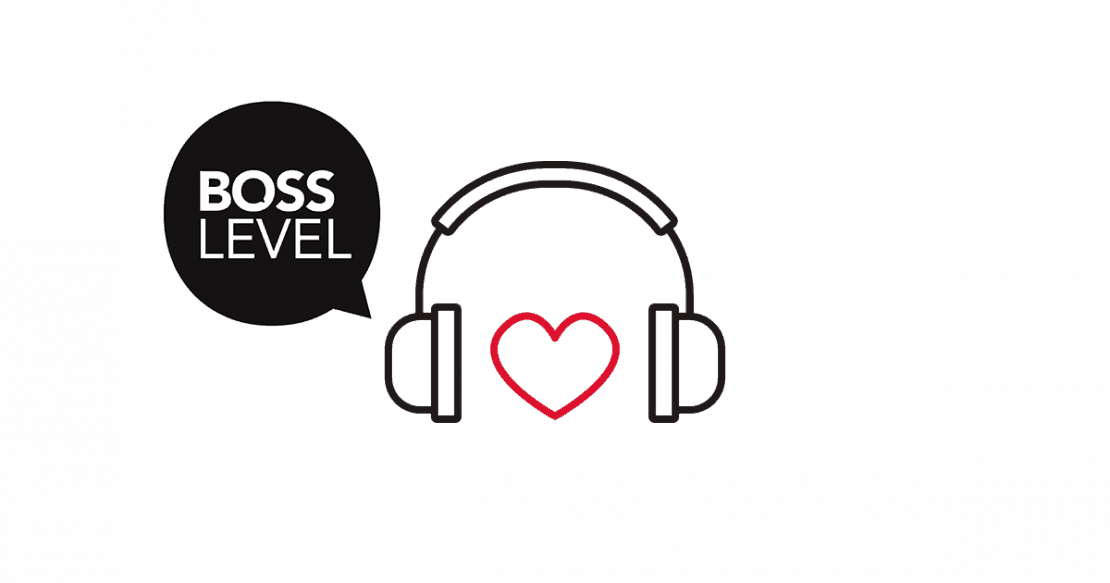21Apr2016
Cost savings, decreased need for manual work, and ability to develop real-time cash flow forecasts – big drivers for e-invoicing adoption.
The European Commission is aiming to further advance digital trade in the region by cementing e-invoicing as the bloc’s main invoicing method by 2020. However, progress toward the ambitious target appears to be uneven among member states, with countries like Denmark, Finland, and Sweden leading the charge.
The Commission made public the goal of making e-invoicing the standard invoicing in the European Union in 2010. Given that by 2013 member states still issued only 4 to 15% of invoices in electronic format, full adoption of e-invoicing seemed a distant vision.
In an attempt to achieve the 2020 goal, the Commission introduced an e-invoicing directive in April 2014, compelling European Union member states to ensure that national laws and regulations will fall in line by November 2018. For the Commission, e-invoicing is an important complement to its plan for a European-wide integrated payments scheme.
“The ongoing creation of the Single Euro Payment Area (SEPA) offers an ideal launching pad for a successful European e-invoicing initiative with the savings estimated at around EUR 64.5 billion per year for businesses,” the Commission said.
Mattias Hansson, CEO of Finnish online invoicing software provider Zervant, says the European Commission is on the right track. But he noted that as is the case with all major initiatives it will take time before e-invoicing directives are fully implemented.
“In practice, most of the visible changes are still ahead of us, but the shift will be extremely fast in the next five years.”
The Commission defines e-invoicing as the electronic transfer of invoicing information (billing and payment) between business partners (supplier and buyer). Hansson is quick to point out that there are still plenty of misconceptions related to e-invoicing.
“We are often asked if e-invoices are pdf invoices sent via email. I believe this conception is starting to change as more countries take e-invoicing into use and people learn that e-invoices are fully automated, machine to machine invoices that are processed automatically,” he explained.
Some estimates of the savings that e-invoicing could offer indicate that public procurement processes in Europe for example, could save up to 2.3 billion euros by speeding up invoicing administration, avoiding errors and accelerating payments.
Denmark, Finland lead in uptake of e-invoicing
In 2012, the Association of Chartered Certified Accountants (ACCA) prepared a discussion paper, “Good practices in the adoption and promotion of e-invoicing in EU member states” based on high-level consultations.
According to the ACCA paper, Finland and Denmark were clear leaders in e-invoicing adoption, topping Eurostat rankings in terms of adoption by large enterprises (Finland 89% and Denmark 76%), medium-sized companies (Finland 78% and Denmark 58%) and small businesses (Finland 59% and Denmark 52%).
It was clear that countries like Finland recognized the financial implications of e-invoicing adoption early on. In April 2015, a Bank of Finland working group authored a paper, “Payments in an increasingly digital economy” and noted that the savings impact in Finland of adopting e-invoicing is significant.
“The Confederation of Finnish Industries estimates the savings at EUR 2.8 billion in invoicing between companies, the Association of Finnish Local and Regional Authorities estimates them at EUR 150 million for the local government sector and the State Treasury at EUR 150 million for the central government sector, in addition to which there are benefits for consumers,” they write.
Hansson said that many factors lie behind the uneven adoption of e-invoicing across the EU. He pointed to the general tendency of different countries to have varying reactions to new ways of working.
“In the case of electronic invoicing, Finnish and Danish governments reacted quickly to this opportunity to save costs and increase efficiency, and this showed the way for the private sector as well,” Hansson expanded.
In addition to the obvious cost savings afforded by e-invoicing, its adoption is expected to make it easier for companies to develop real-time cash flow forecasts. Hansson agreed, adding that “decreasing the need for manual work and human interaction in processing invoices will speed up payments”.
Business imperatives, government the main drivers of adoption
The review of different players in 21 EU member states identified a number of drivers behind the onboarding of e-invoicing. By far the most successful was found to be market-related: suppliers generally fell in line with an e-invoicing requirement when their customers demanded it.
“The most successful means of encouraging e-invoicing adoption so far appears to have been the decision by large buyers to make its use mandatory for all of their suppliers.”
Additionally, service providers offering e-invoicing solutions also helped advance the transition toward e-invoicing by mediating between buyers and suppliers and ensuring compliance. The compatibility of different solutions provided by service providers also lowered the threshold for use of these systems and contributed to adoption, the paper found.
Apart from business imperatives, the review found that government played an important role in pushing the e-invoicing agenda. Some member states noted that businesses were motivated to adopt e-invoicing to gain access to public sector buyers.
As a result government buyers and public procurement as well as a policy framework that encouraged the use of e-invoicing act as powerful drivers for adoption. This was especially the case in Denmark, Estonia, Finland and Sweden, as well as Belgium, the Netherlands, and Italy.
Government influence also took on a softer aspect as some countries highlighted the role of awareness-building initiatives to promote e-invoicing in the business sector. Member states in which such programs contributed to adoption included Finland and the Netherlands.
Adoption slower among SMEs overall
Although countries such as Finland and Denmark have performed creditably in terms of e-invoicing adoption in the Small and medium-sized enterprise (SME) sector, the ACCA paper found that overall, most other member states were struggling to replicate that success.
Overall, adoption among SMEs is harder to achieve, with nearly all models performing less well among SMEs than among larger businesses.
However, the B2b (b = SME) buyer-driven model has made the most headway in encouraging SME adoption of e-invoicing, with service providers playing a supporting role.
“The B2B buyer-driven model is … the most successful to date, and service providers have … been instrumental in driving adoption but, in the case of SMEs, e-billing and ERP integration account for a greater part of what progress has been made,” the ACCA report noted.
Hansson challenged the view that e-invoicing usage among SMEs has been slow and pointed out that small and mid-sized companies have traditionally been underserved in this area.
“They do not have the same resources or technical capabilities that large companies have and that makes them depended on external service providers to be able to join the movement,” he noted.
“E-invoicing also offers more benefits to the invoice receiver than the supplier, so is is quite natural that SMEs do not see the same extent of cost savings as large buyer organizations that need to process tens of thousands of invoices monthly,” Hansson added.
The bottom line: when major buyers mandated e-invoicing as a prerequisite for doing business, SMEs tended to get on board, since it was in their interest to do so in order to secure prompt payment. Efficiency and savings also influenced adoption of e-invoicing, but to a lesser extent.
Sources & Read More:
Payments in an increasingly digital economy (PDF)
Good practices in the adoption and promotion of e-invoicing in EU member states (PDF)
E-Invoicing, A Beginners Guide (Infographic)
[sam id=”4″ codes=”true”]


